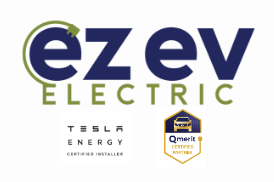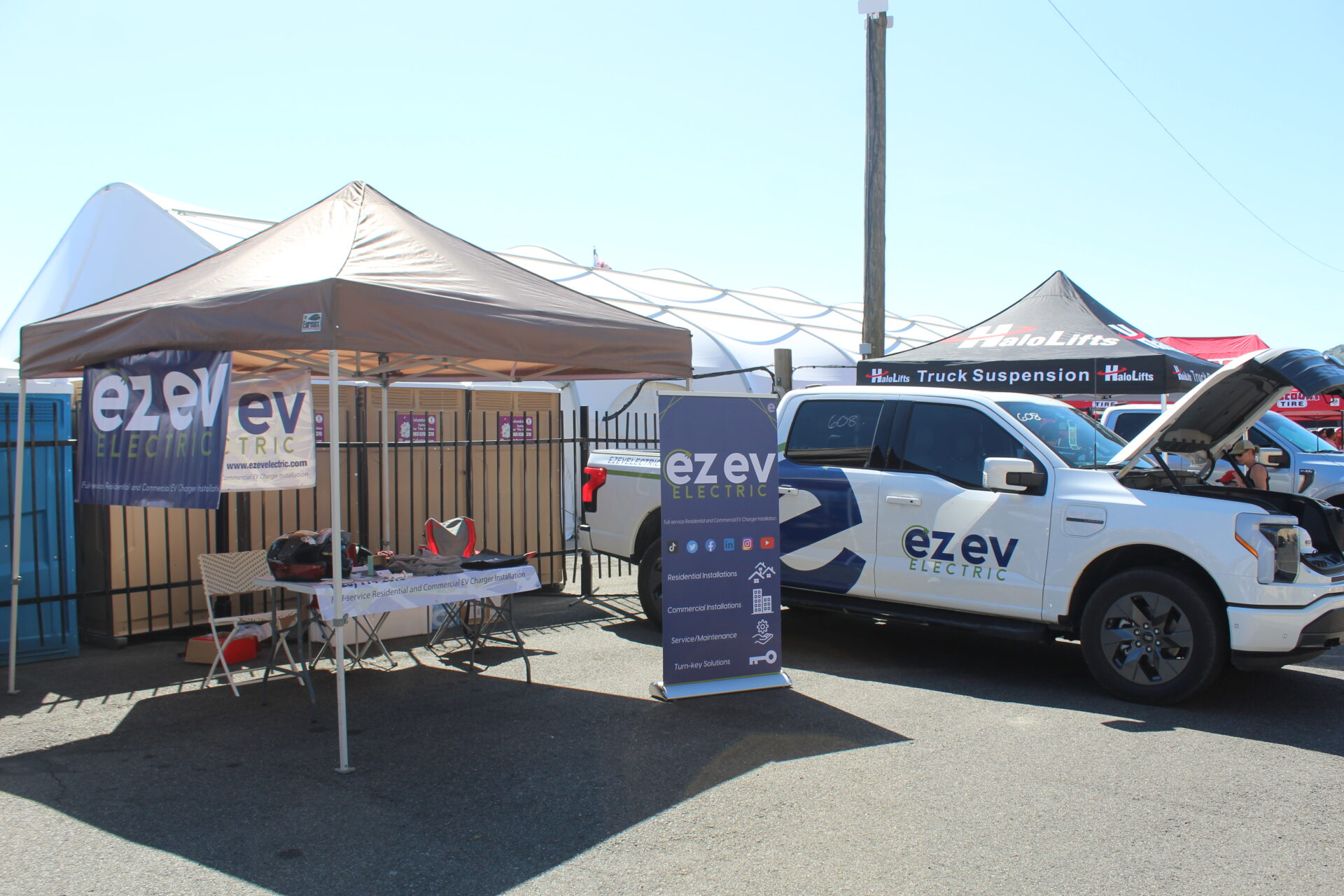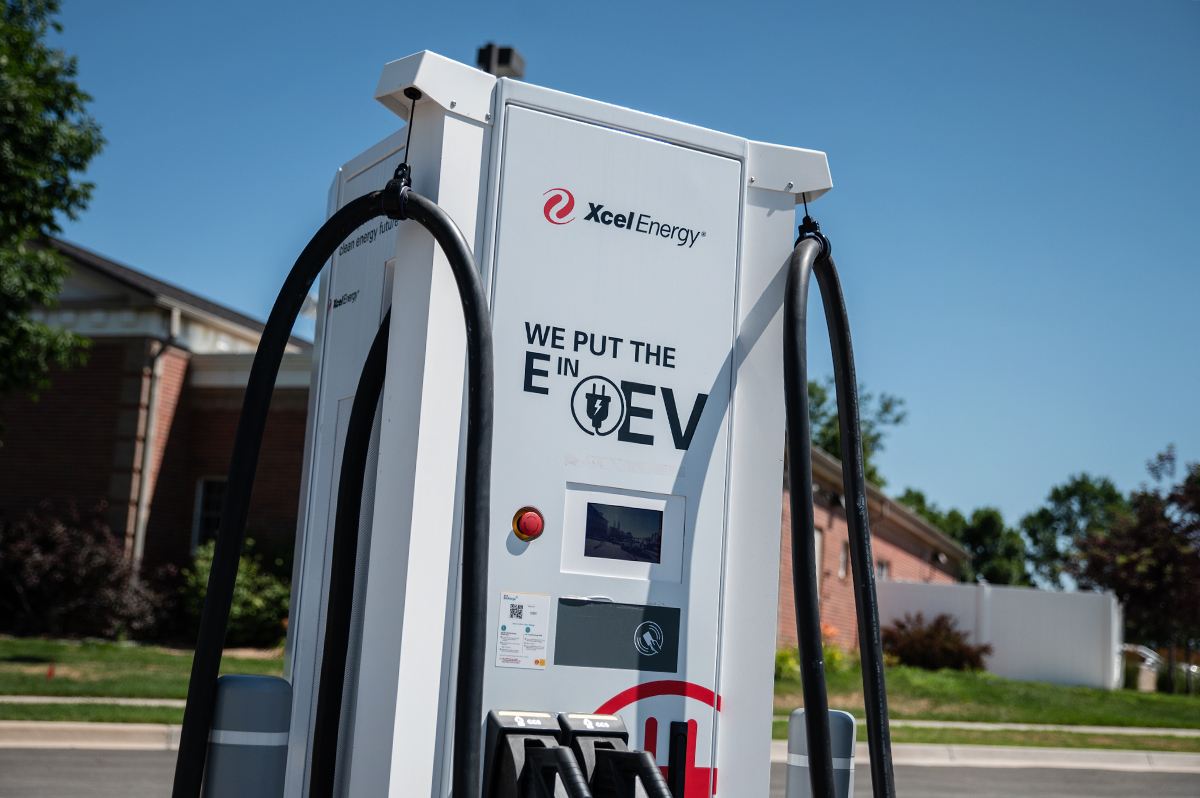As winter is around the corner in Denver and around, you must be busy winterizing your home.
That’s great. But what about your EV? This is because cold weather can affect its charging efficiency. When the city’s temperature is close to freezing, your EV is likely to lose some range due to the compromised battery performance. The good thing is that these effects are likely to be less significant. However, it is still wise to be prepared ahead of time to maintain the charging efficiency of your EVs.
How does Cold Weather Impact Your EV?
Dropped Range
EVs are powered by lithium-ion batteries, the same type used in phones and laptops. These batteries need a chemical reaction to produce power. However, cold weather makes such reactions slow, making the battery less efficient at both sending and receiving power.
The range can drop by 10-25% in cold Denver conditions, compared to warm weather. It means that if an EV rated with a 250-mile range can drop to only 188 miles in extreme cold.
Range refers to the number of miles an electric car can drive on a single charge with a full battery. You can track this “figure” on the car dashboard.
Like their electric counterparts, internal combustion vehicles also suffered from a dropped range at those temperatures, with nearly 20% loss at 20°F.
Of course, your EV will still work in winter, but the battery will require more energy to stay warm, maintain performance, and deliver the same output.
Cabin Heating Uses More Power
Apart from that, EVs draw power from the battery to operate their cabin heating system. It can deplete the battery in extreme cold, leading to reduced range.
Slow Charging Speed
Expect a slower charging speed in winter, as a cold battery may not respond to a charge as quickly as a warm one. When you use an ultrafast charger on a freezing day, some of the initial energy is consumed by the battery to warm up before your vehicle can charge at its rate.
For example, a trip from Denver to ski towns Breckenridge or Vail often includes significant elevation changes. Climbing uses more power, and charging stations at higher altitudes tend to operate in colder conditions. If your EV arrives with a cold battery, charging speed is limited until the battery warms.
Changed Driving Conditions
Also, when it is cold, the driving conditions are changed, which can affect your battery performance. You EV treads on the route covered with ice and snow amidst strong winds. It creates more drag, meaning your car has to work harder and use extra energy to move.
Slower Regenerative Braking
Regenerative braking helps turn the car’s movement back into stored energy. When the battery is cold, this feature may be limited. You may see warnings like “Regen Limited” on the dashboard. This happens because a cold battery can’t accept energy quickly.
Increased Usage of Headlights
Finally, days are usually shorter and darker in winter, making you use your headlights more often. It is another small draw on the battery that impacts your total driving range.
How to Improve EV Charging and Driving in Cold Weather
Although cold weather impacts the charging efficiency of your EVs, you can prevent the majority of problems with only some minor adjustments to your routine.
Precondition the Battery.
The majority of EVs give you an option to preheat the battery before driving or charging. Start the warming of the car with the app or in-car settings when the car remains plugged in. This helps save range and prepares the battery for fast charging.
Park Indoors When Possible.
A garage will be much warmer than outside. A well-insulated area can make a significant difference in charging rate and battery life in winter.
Leave the Car Plugged In Overnight.
When your EV is left plugged in overnight, it can run battery thermal management without having to consume the main battery. This system’s job is to act like a tiny heater to keep the battery warm when the weather is very cold.
Simply put, the car’s battery thermal management system or BTMS will draw power directly from the electrical grid (that’s your home outlet) instead of relying on the energy stored in the main high-voltage battery.
This is useful in maintaining the temperature during cold nights.
Avoid Arriving at the Chargers with a Cold Battery.
When you drive for at least 20-30 minutes, the battery will warm up. Quick charging will begin at a higher rate than plugging in after a cold start.
Use Cabin Heat Smartly.
The heated steering wheels and seats consume less power than warming the entire cabin. In case you do not require full heat, take advantage of these features to increase your range.
Charging Costs Can Increase
If you are using public chargers, you may pay a little more in winter as your car takes longer to charge. It can use additional energy in battery conditioning. The shorter range may require that you charge more frequently.
For example, cold-weather EV charging in Colorado can cost more during winter road trips because mountain temperatures lower the charging speed and increase overall energy use. Drivers in states like Colorado often plan for extra charging time on long routes.
Should Winters Scare You Away from EVs?
Not at all. Gas cars also have their own challenges in cold weather. Their fuel efficiency decreases, engines get thicker oil, and batteries wear out faster. Likewise, EVs have their own concerns caused by winter. As long as you understand how cold affects charging and plan for it, winter driving becomes predictable.
It is also worth mentioning that the EV’s battery technology keeps on improving. The thermal management systems of the new EVs are more efficient, which means that they can warm the battery quickly and ensure the stability of the performance even during severe weather conditions.
Final Thoughts
So, does cold weather affect EV charging?
Of course, it does. Charging is slower, range is reduced, and energy consumption is higher, particularly in states that experience severe winter weather, such as Colorado.
But you can manage the impact with the right practices, such as preconditioning the battery, parking the car indoors, and leaving the car plugged overnight. Electric cars remain a reliable choice year-round, and understanding how temperature affects them only makes your driving experience better. For more winter-ready EV charging tips, you can also explore helpful insights at ezevelectric for guidance.



